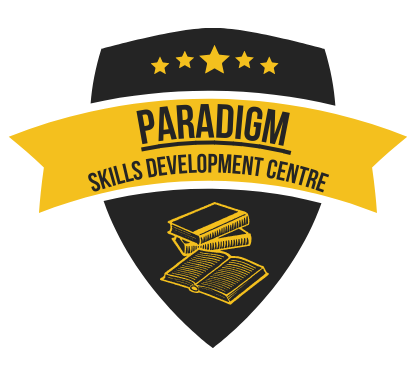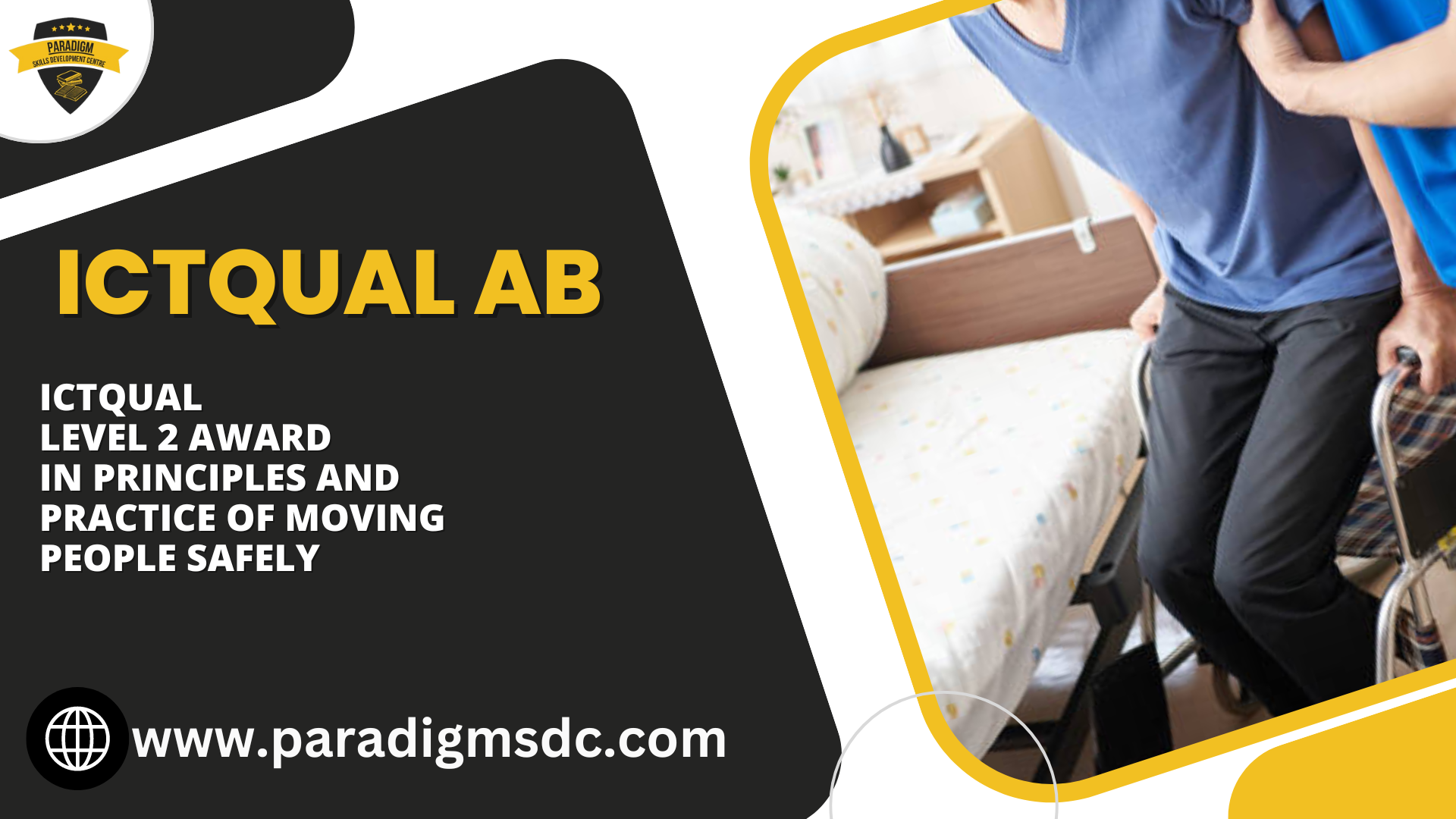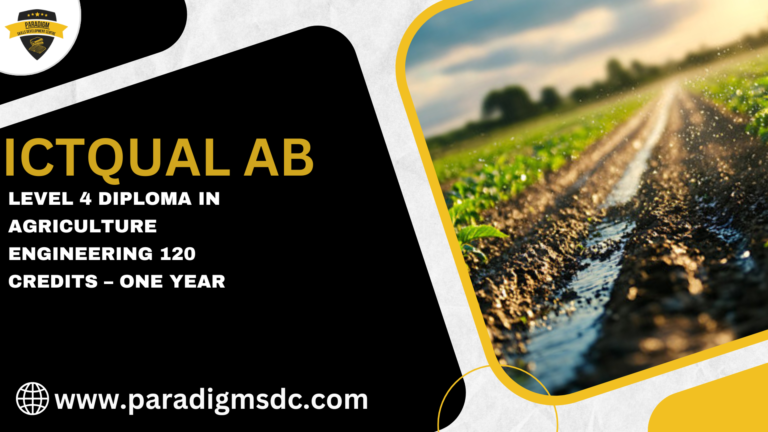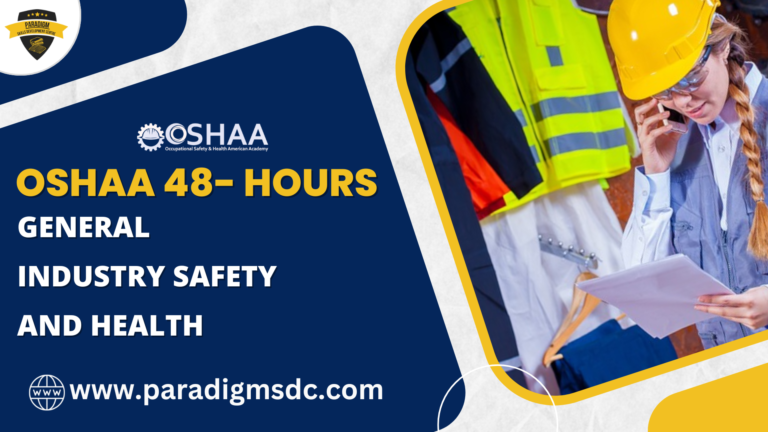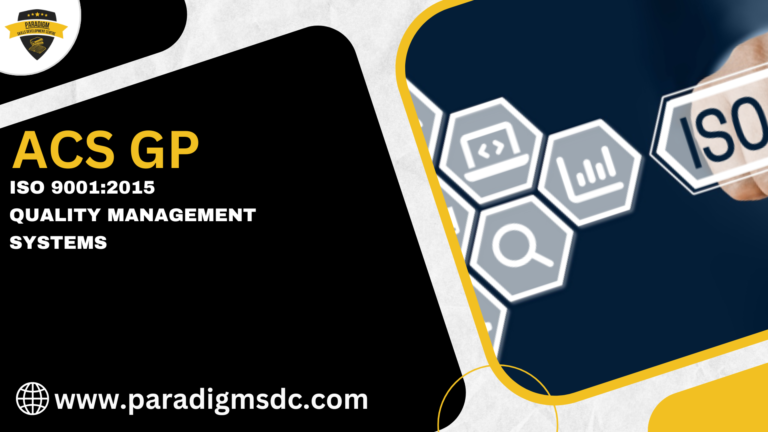Course Introduction
The ICTQual Level 2 Award in Principles and Practice of Moving People Safely is a comprehensive training program designed to equip learners with essential knowledge and practical skills to move people safely and effectively. This course is particularly vital for professionals in healthcare, social care, and other related fields where safe handling of individuals is a daily necessity. The course aims to minimize the risk of injury to both caregivers and those being moved, promoting a safer and more supportive environment.
Course Overview
Safe people handling is a critical skill in many caregiving roles. Improper techniques can lead to severe injuries, impacting both the well-being of caregivers and the quality of care provided to individuals. This course offers a blend of theoretical knowledge and practical skills, focusing on the principles of safe people handling, risk assessment, and the application of effective techniques. Through a mix of classroom instruction and hands-on practice, participants will gain a thorough understanding of the principles and practices necessary for safe moving and handling of people.
Course Study Units
- Introduction to Moving People Safely
- Risk Assessment
- Principles of Manual Handling
- Equipment and Assistive Devices
- Communication and Teamwork
- Ethical and Legal Considerations
- Special Considerations and Adaptations
- Practical Application and Simulation
- Health and Safety in the Workplace
Learning Outcomes
Upon completing this course, learners will be able to:
Introduction to Moving People Safely:
- Understand the fundamental principles of safe moving and handling practices.
- Identify potential risks and hazards associated with moving people.
- Recognize the importance of adhering to relevant legislation and guidelines.
- Appreciate the significance of maintaining the dignity and well-being of individuals during moving activities.
Risk Assessment:
- Conduct comprehensive risk assessments for moving and handling activities.
- Identify hazards and potential risks related to specific moving tasks.
- Implement control measures to minimize risks and ensure safety.
- Regularly review and update risk assessments to maintain effectiveness.
Principles of Manual Handling:
- Demonstrate correct lifting, carrying, and handling techniques to prevent injuries.
- Understand the biomechanics of manual handling and their impact on the body.
- Apply ergonomic principles to reduce strain and promote safe movement.
- Identify and address factors that increase the risk of musculoskeletal injuries.
Equipment and Assistive Devices:
- Identify various types of equipment and assistive devices used for moving people safely.
- Understand the purpose, limitations, and proper usage of each type of equipment.
- Demonstrate competence in operating equipment safely and effectively.
- Perform routine maintenance checks and troubleshoot basic issues.
Communication and Teamwork:
- Develop effective communication skills for coordinating moving activities with colleagues and individuals.
- Foster teamwork and collaboration to ensure smooth and safe transitions.
- Communicate respectfully and empathetically with individuals during moving tasks.
- Understand the importance of clear and concise communication in preventing errors and accidents.
Ethical and Legal Considerations:
- Recognize and uphold ethical principles related to moving and handling practices.
- Understand the legal framework governing moving and handling activities.
- Maintain confidentiality and respect the rights and dignity of individuals.
- Demonstrate awareness of legal obligations and consequences related to negligence or misconduct.
Special Considerations and Adaptations:
- Identify and address the unique needs and preferences of individuals with diverse backgrounds and abilities.
- Adapt moving and handling techniques to accommodate specific disabilities or conditions.
- Provide personalized support and assistance tailored to individual capabilities.
- Promote inclusivity and accessibility in moving and handling practices.
Practical Application and Simulation:
- Apply theoretical knowledge to real-life moving and handling scenarios.
- Demonstrate proficiency in executing safe and effective moving techniques.
- Receive feedback and guidance to improve skills and technique.
- Develop confidence through practical experience and simulation exercises.
Health and Safety in the Workplace:
- Understand the importance of health and safety regulations in the workplace.
- Identify common workplace hazards and risks associated with moving and handling activities.
- Implement measures to prevent accidents and injuries.
- Promote a culture of safety and well-being among colleagues and individuals.
Course Benefits
- Enhanced Safety: Equip learners with the skills and knowledge to perform people handling tasks safely, reducing the risk of injury to both caregivers and individuals being moved.
- Legal Compliance: Ensure compliance with legal requirements related to safe people handling.
- Increased Confidence: Boost caregivers’ confidence in their ability to handle people safely and effectively.
- Improved Care Quality: Promote better care by ensuring safe and dignified handling of individuals.
Who is This Course For?
This course is ideal for:
- Healthcare professionals, including nurses and caregivers.
- Social care workers involved in the daily handling of individuals.
- Support staff in healthcare and social care settings.
- Health and safety officers in care environments.
- Individuals seeking to enhance their employability in healthcare and social care sectors.
Future Progression
Upon completing the ICTQual Level 2 Award in Principles and Practice of Moving People Safely, learners may consider advancing their knowledge and skills with further training opportunities, such as:
- ICTQual Level 3 Award in Moving People Safely: Advanced techniques and risk management in people handling.
- ICTQual Level 2 Award in Health and Safety in the Workplace: Comprehensive health and safety training to enhance overall workplace safety.
- ICTQual Level 3 Diploma in Health Safety and Environment: Extensive training in health, safety, and environmental management for higher-level roles in the care sector.
By completing this course, participants will be better prepared to handle people safely and effectively, ensuring a safer and more supportive environment for both caregivers and those they assist.
